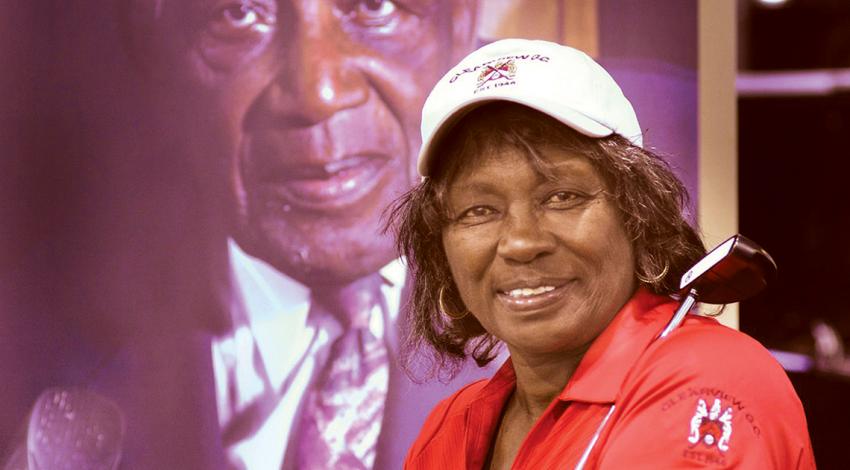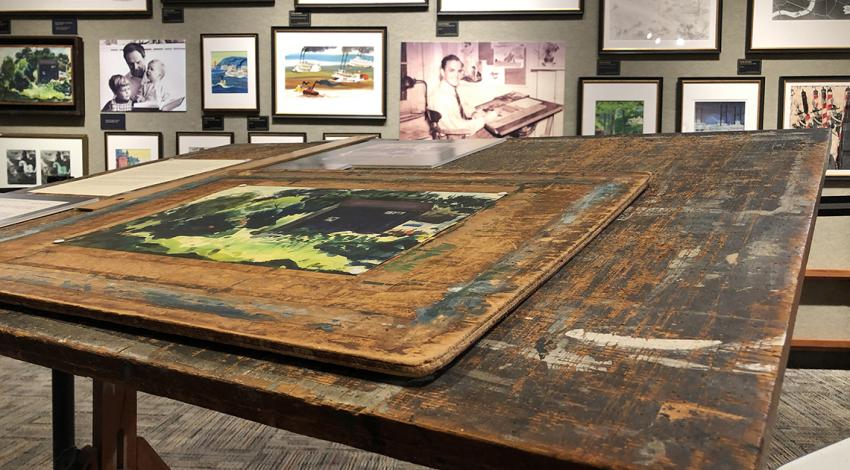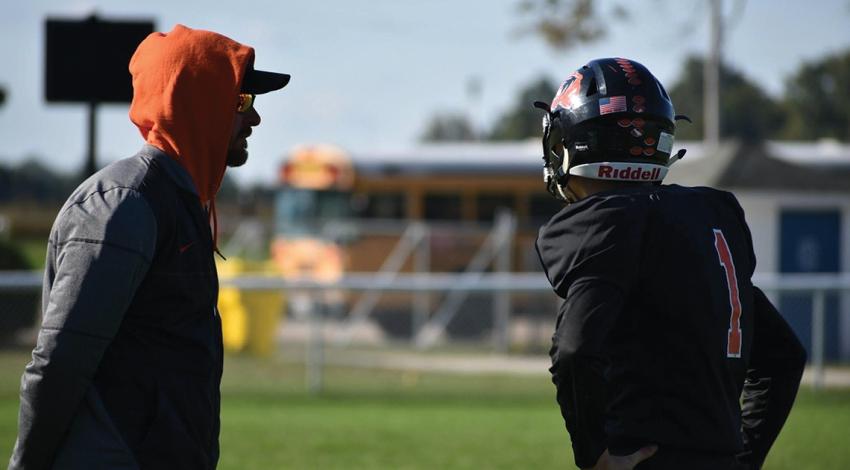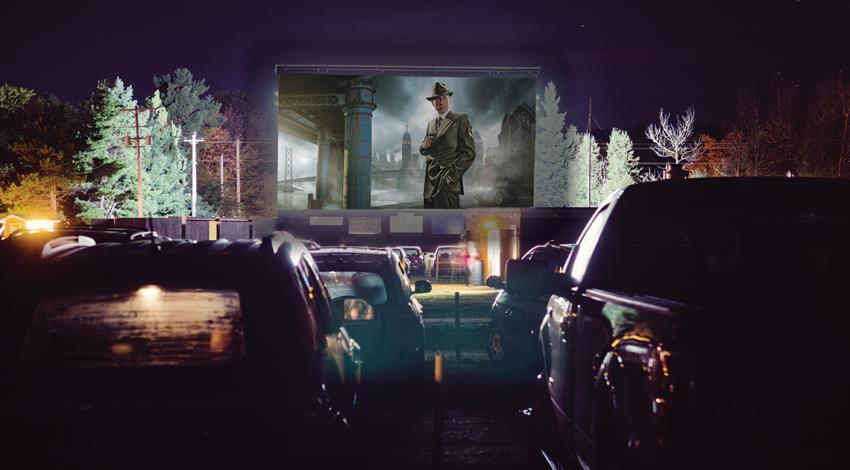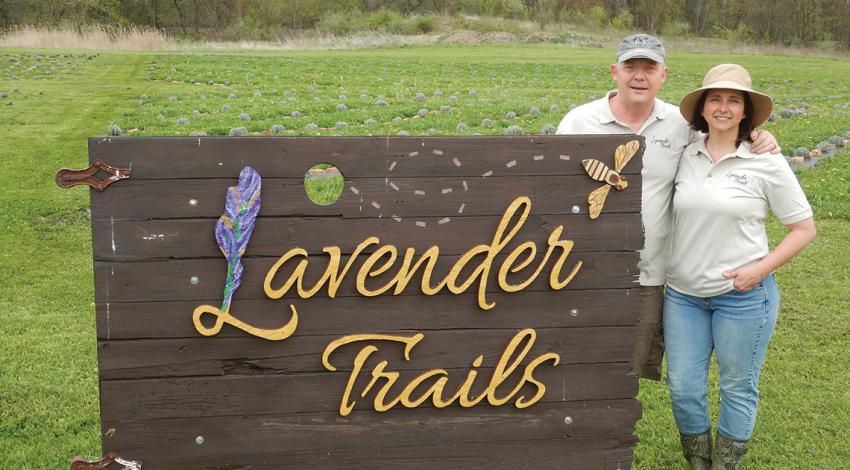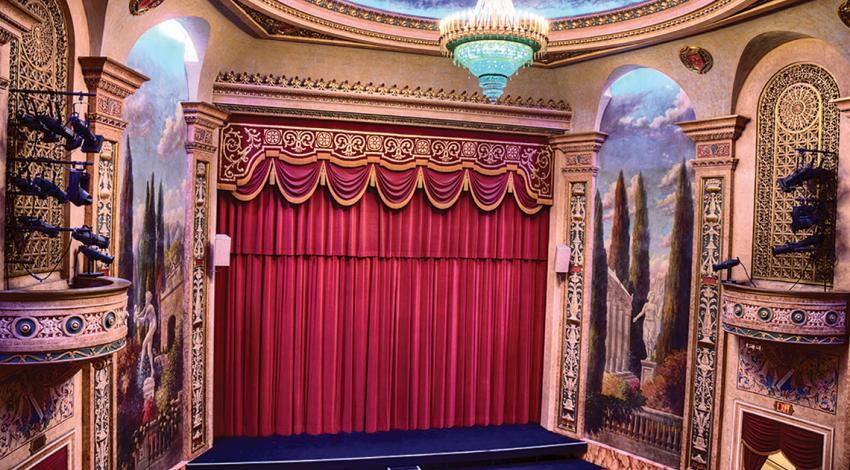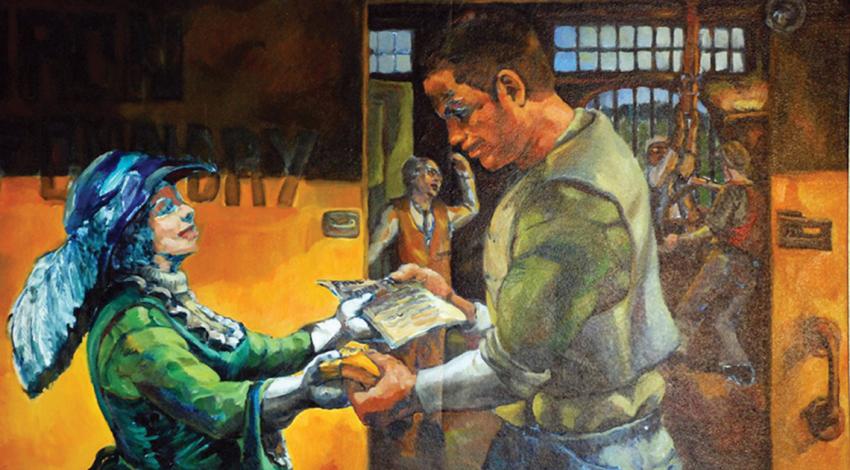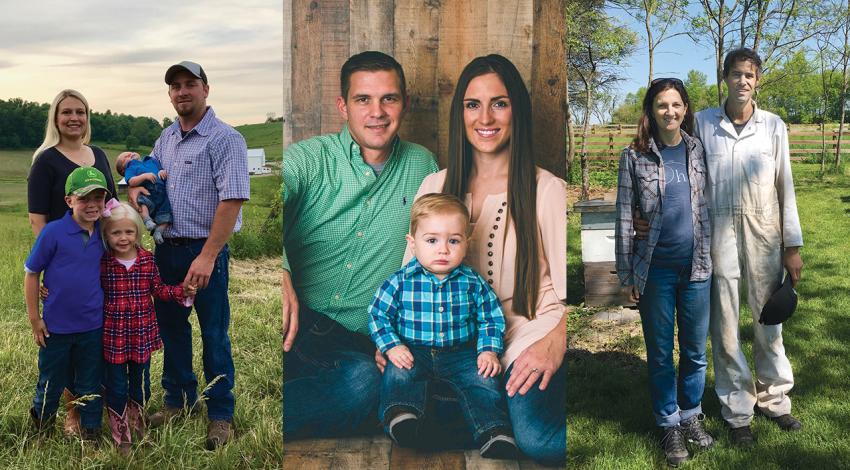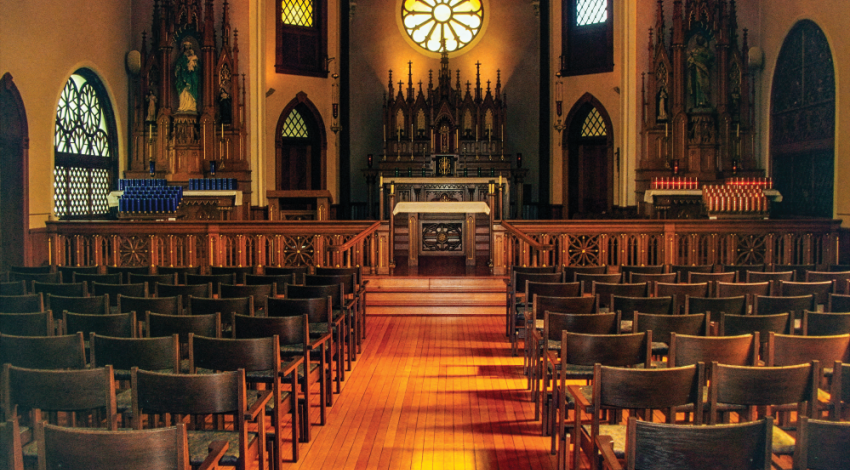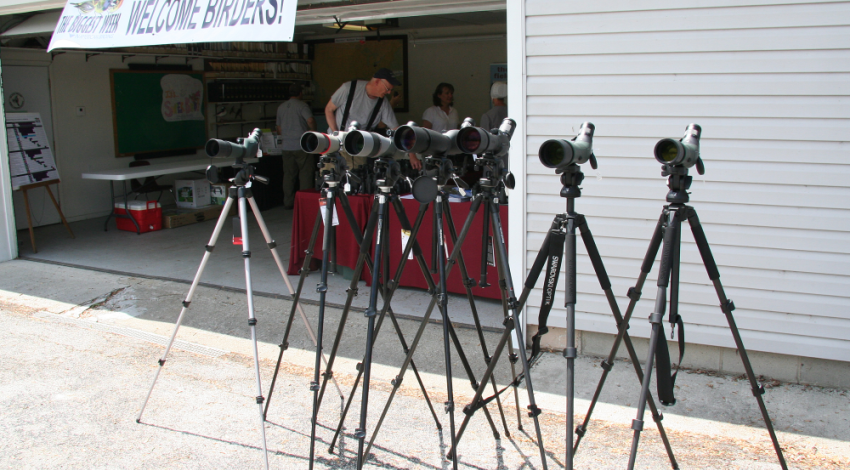Drinking and driving is never a wise idea, but there is a place in Ohio where it’s, dare we say, par for the course.
The unique destination, the brainchild of Mike and Stacy McVan, is surrounded by Ohio farmland near Huntsville. How did the couple — who live in the Columbus suburb of Dublin — hit upon the concept four years ago?
“We have relatives who own a winery in northwest Ohio,” Mike says. “We liked the idea … but decided we didn’t want to make the wine.” Instead, they aimed to open a place that would spotlight wines — and other libations — from around the globe.

